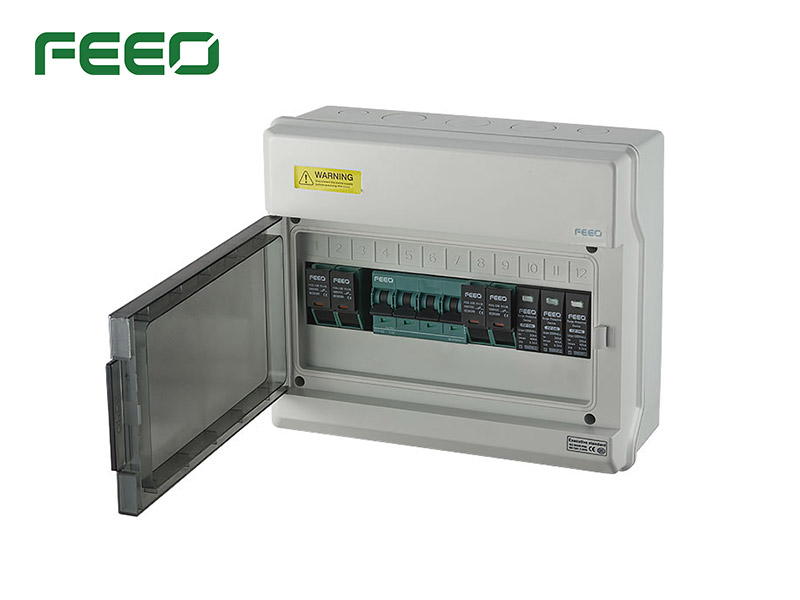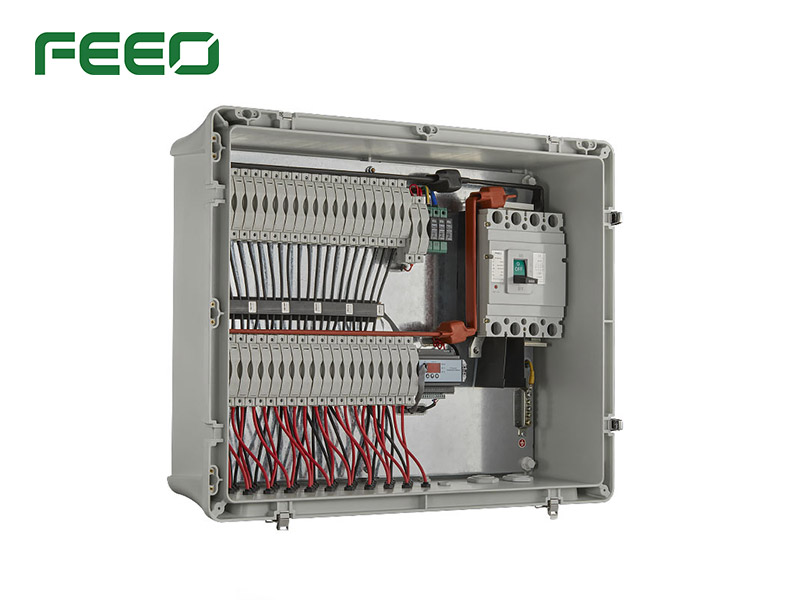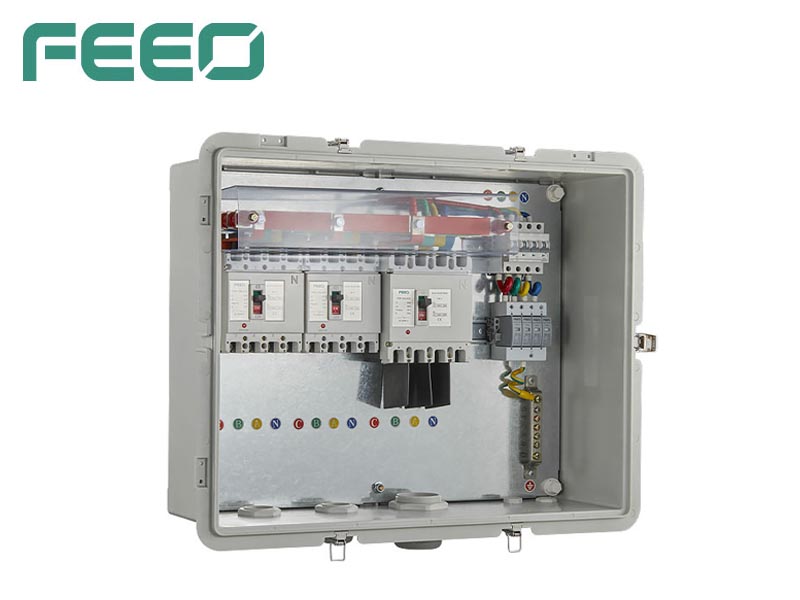Lebanon power plan
A draft reform of Lebanon's crippled power sector seen as vital to addressing its financial crisis envisages an “immediate” hike in electricity prices, for the first time in three decades, and $3.5 billion investment to secure 24-hour power by 2026.
The blueprint, dated February 2022 and seen by Reuters, was discussed by the government earlier this week.
Energy Minister Walid Fayad has called for its approval by the government next week ahead of the first parliamentary election, in May, since a financial meltdown in 2019. He has previously said tariffs will be hiked when more power is added to the grid.
The International Monetary Fund, with which Lebanon is discussing a potential bailout program, said last week preventing the sector's drain on public resources was a key pillar of the country's economic recovery. Two previous plans with similar goals have gone unimplemented however, due to political splits.
Lebanon has not had round-the-clock power since the 1990s and cash transfers to state-run utility Electricte du Liban (EDL) to cover chronic losses have contributed tens of billions of dollars to its huge public debt over three decades.
EDL’s revenue now only covers 4 percent of its $800 million operating costs, the draft says.
“Distribution losses account for 37 percent of energy generated in 2021, which is well above industry standards and dooms the sector to financial imbalance,” the draft says.
The plan envisions EDL breaking even by 2023 and turning profitable by 2024 by increasing bill collection, cutting technical losses and raising the “absurd” price of around 1 cent per kilowatt hour to between around 10 cents per KWH for most residential customers and 18 cents for others. Prices were last amended in 1994.
It also calls for the appointment of an Electricity Regulatory Authority (ERA) mandated by a 2002 law but never implemented due to political disagreements, and for an audit and eventual corporatization of EDL.
Lebanon can only produce 1,800 MW of power while peak demand exceeds 3,000MW. The gap is filled by expensive and polluting privately-run diesel generators for those who can afford them.
Weak governance, corruption and mismanagement are at the root of the sector’s problems, Jessica Obeid, a Lebanese energy policy consultant and non-resident scholar at the Middle East Institute told Reuters.
“Unless these are addressed, residents will not have reliable, sustainable and affordable power,” she said.
The plan envisages extending the current 3-4 hours of power per day to 8-10 hours later this year via imports of electricity from Jordan and gas from Egypt -- both deals Fayyad has said should go into force in spring. It foresees an additional 500MW of “temporary” generation added to the grid in the mid-term.
To reach round-the-clock power by 2026, the country requires a “macro‐fiscal stabilization program to... provide the comfort needed for investors to commit the sizable investment” needed for a mix of gas-fired power plants and renewables.
Such a program requires broad political approval that has not yet been forthcoming.



